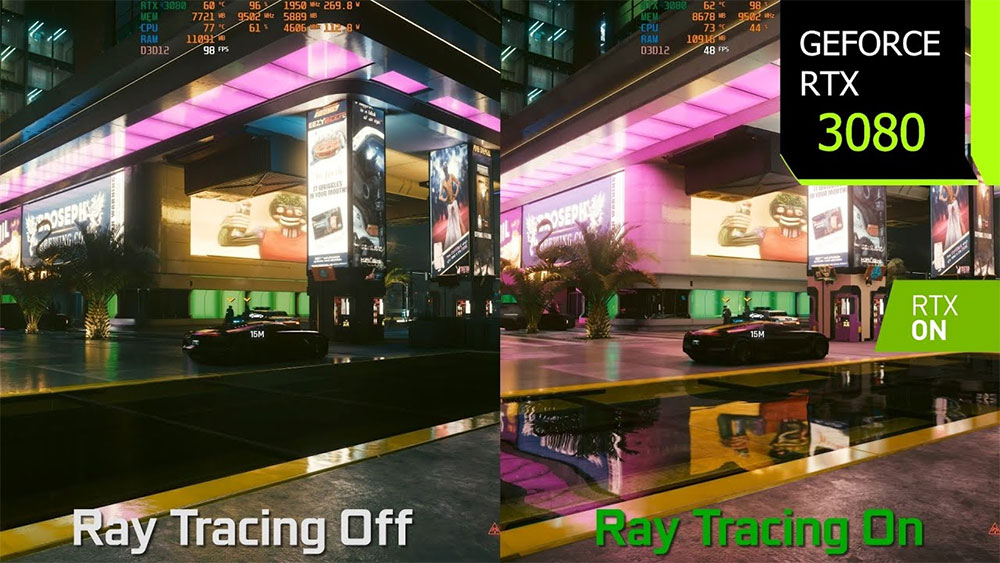Nvidia, AMD, and Intel have all turned their attention to ray tracing technology in a bid to enhance the realism of their graphics cards. Even gaming consoles like Playstation and Xbox now support ray tracing. But what exactly is ray tracing, and is it truly the future of gaming graphics?
Ray tracing is a technique used in 3D rendering to create more realistic lighting effects, such as shadows and reflections. It works by simulating the way light interacts with objects in the real world. In simple terms, the camera emits light rays that bounce off objects and travel to light sources. If the rays encounter other objects on their way to the light source, shadows are formed.
While ray tracing has been around for decades and has been used in movies like Monster House and Cars, it gained widespread attention in the gaming community with the release of Nvidia’s RTX 20 series in 2018. Nvidia’s achievement was not in inventing ray tracing, but rather in developing hardware that could handle it in real-time. They referred to this as the “holy grail of graphics.”
The impact of ray tracing on gaming is significant. It adds a level of realism and immersion, particularly when it comes to lighting effects. However, it also comes with drawbacks. Ray tracing can be a performance killer, significantly reducing frame rates. Additionally, there are currently only a limited number of games that support ray tracing, with around 170 titles available. This lack of content support has hindered the widespread adoption of ray tracing in gaming.
Currently, desktop GPUs from Nvidia, AMD, and Intel support hardware-accelerated ray tracing. However, there are variations in performance among these providers. Higher-end graphics cards tend to deliver better ray tracing capabilities and achieve higher frame rates. Some smartphone chips also support ray tracing, and Arm’s Immortalis GPU is expected to further improve on this technology.
The future of ray tracing in gaming remains uncertain. While it offers impressive visual enhancements, its limited content support and performance impact have raised questions about its practicality. Only time will tell if ray tracing becomes a staple in gaming or remains a niche feature. Regardless, it is clear that for ray tracing to truly take off, more games need to support it, and faster graphics cards need to be developed.
In conclusion, ray tracing is a method of rendering lighting in 3D to create more realistic effects. While it has the potential to revolutionize gaming graphics, its practicality is hindered by a lack of content support and performance limitations. Whether ray tracing becomes the future of gaming graphics or remains a marketing gimmick is still up for debate.
